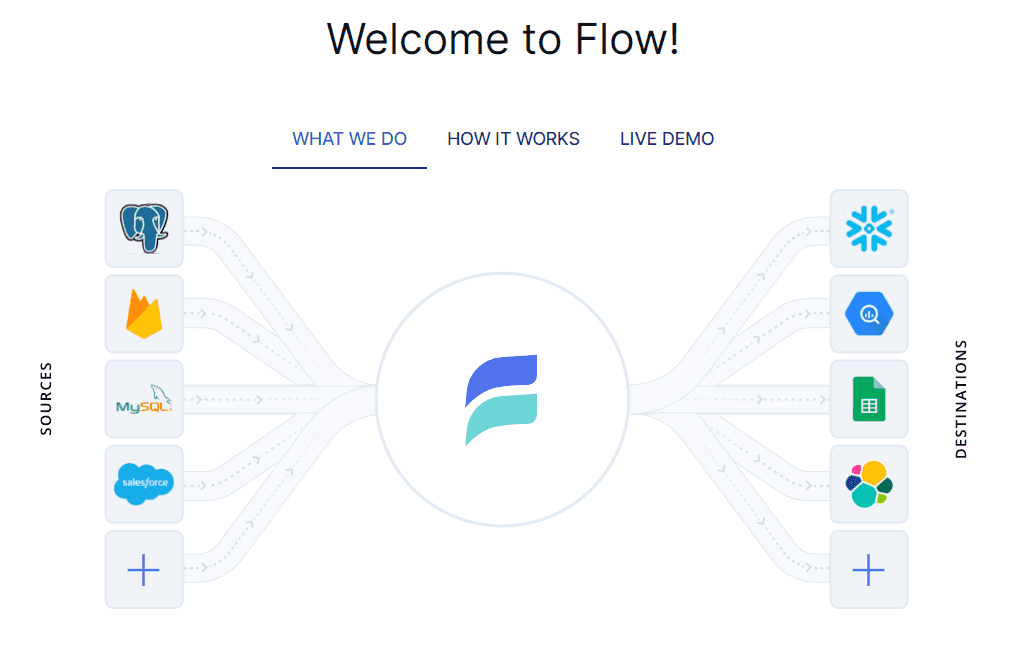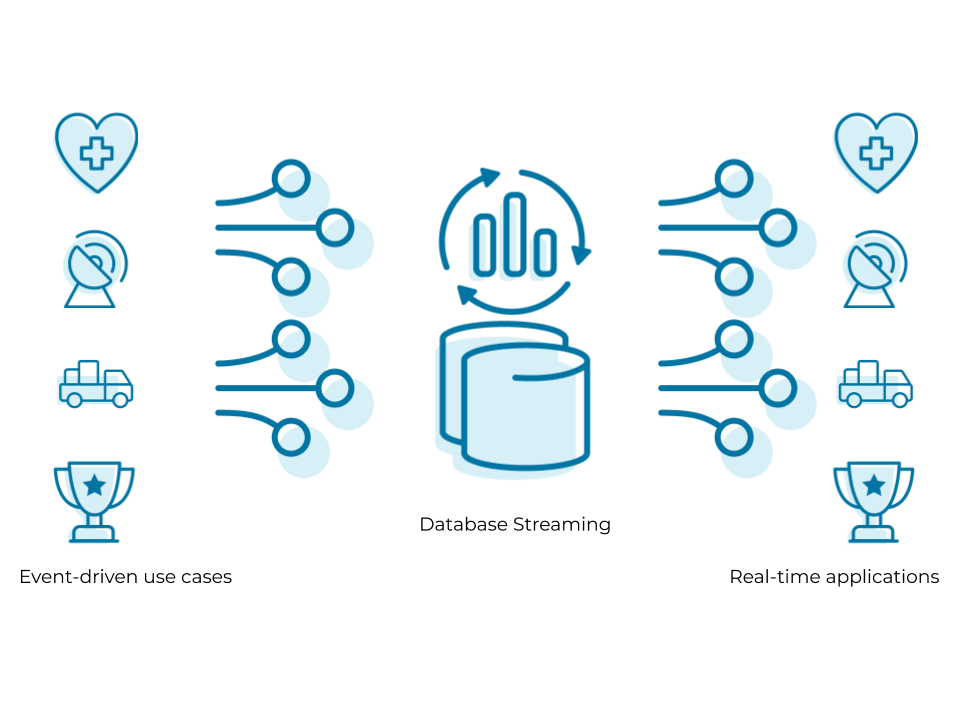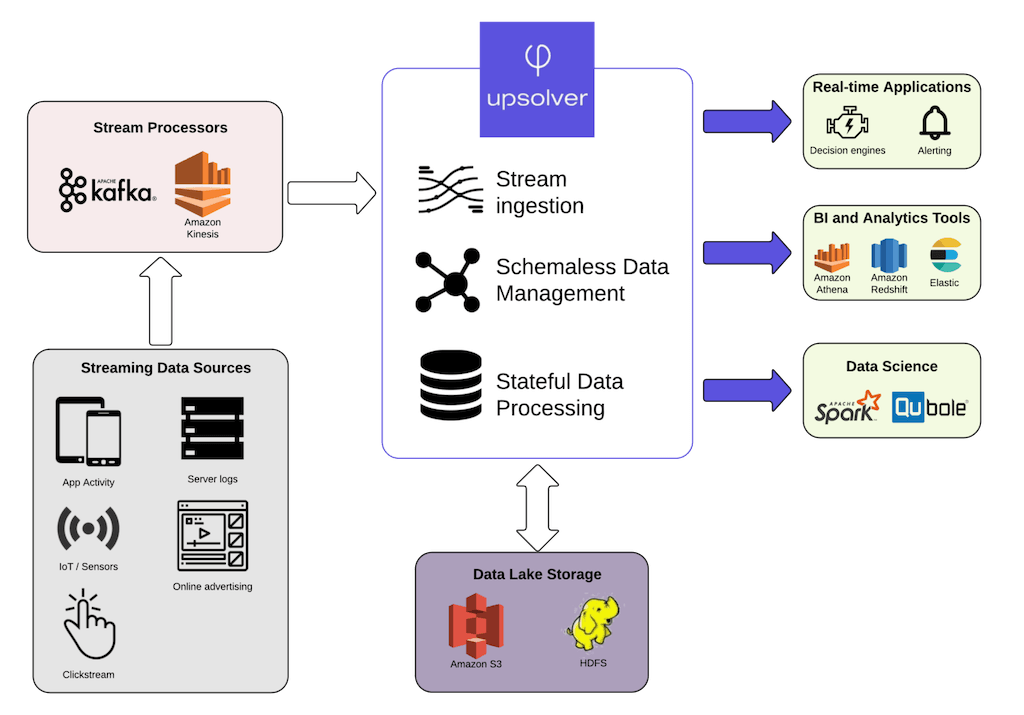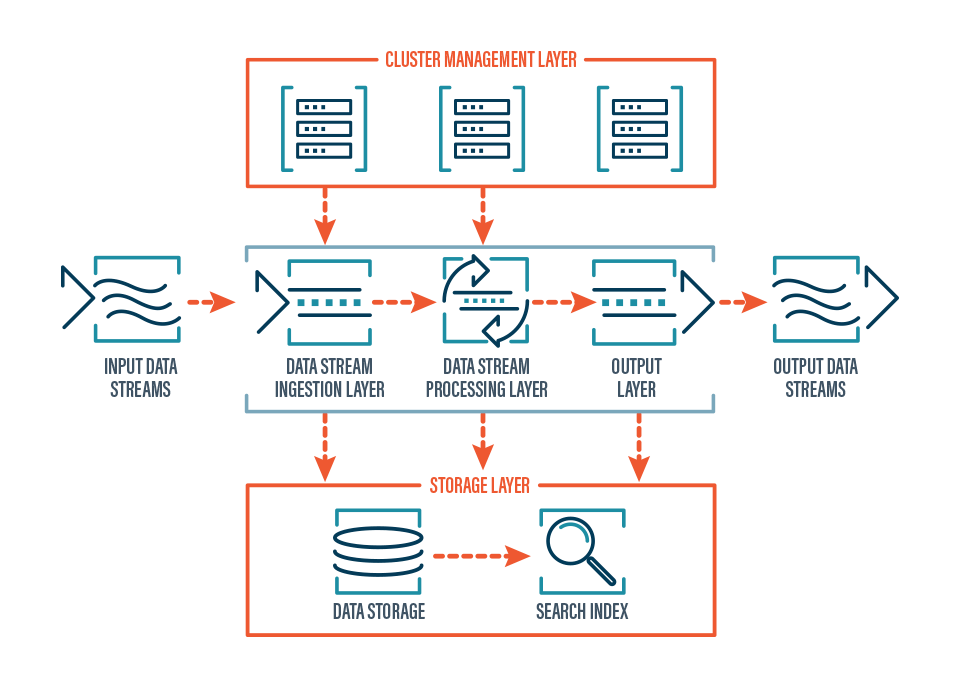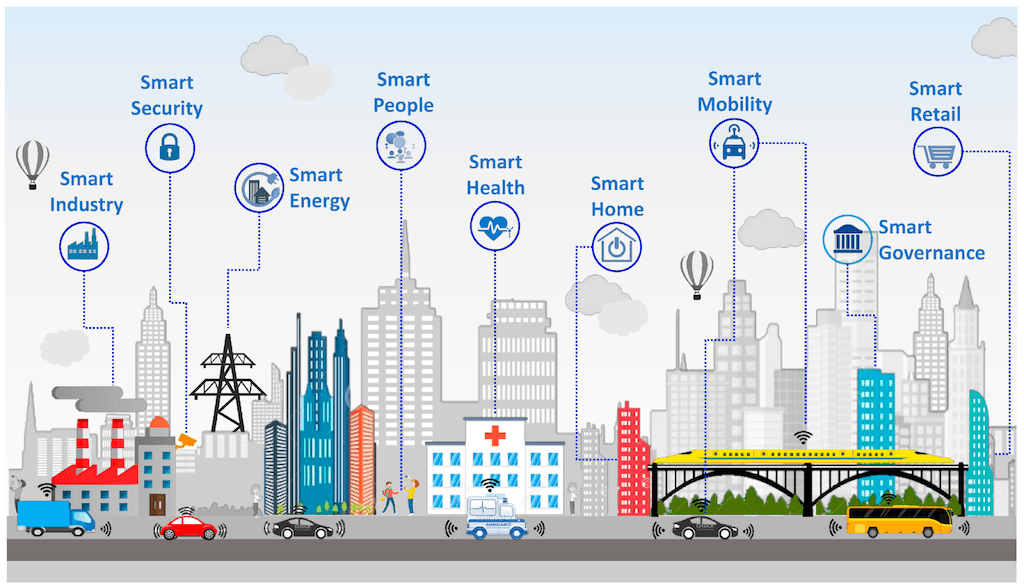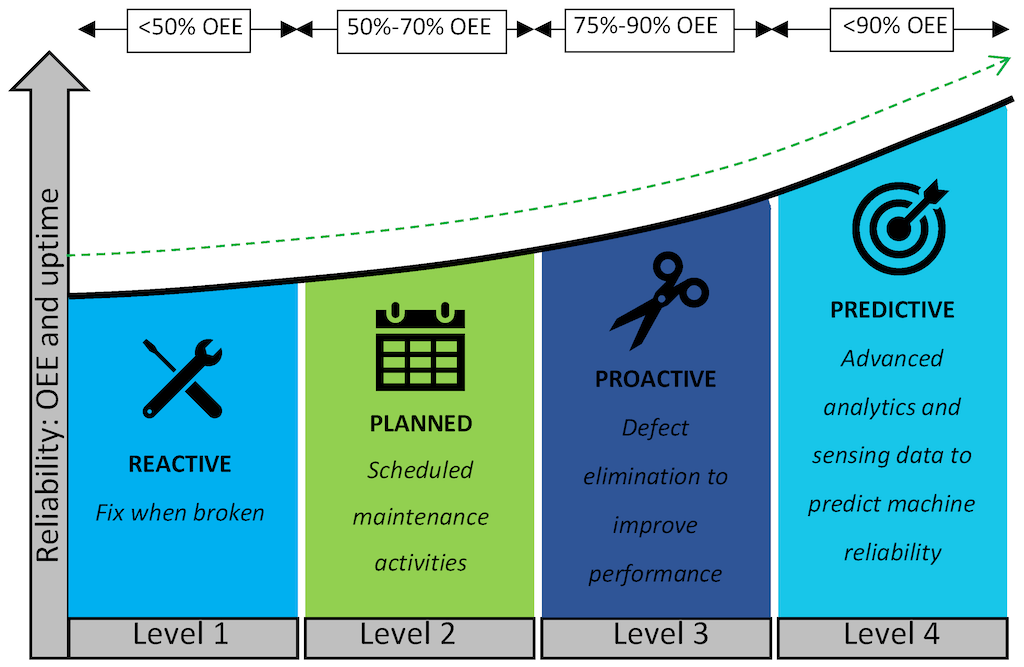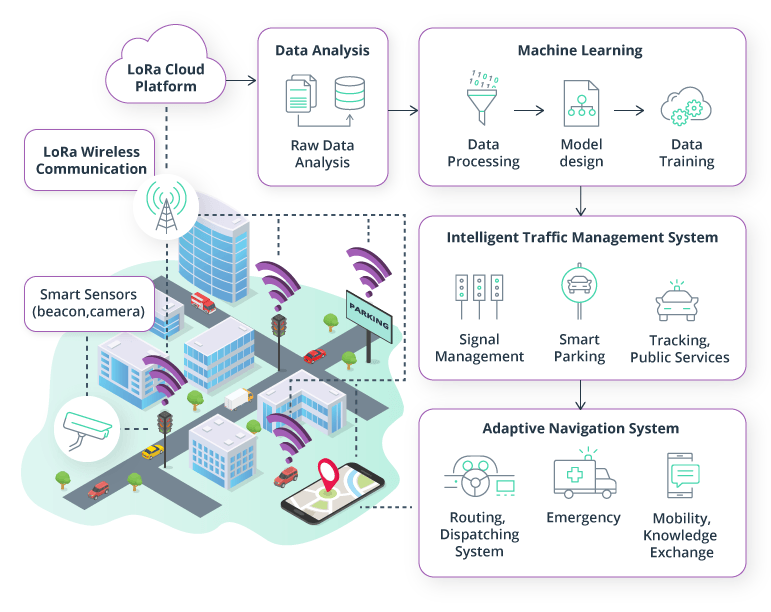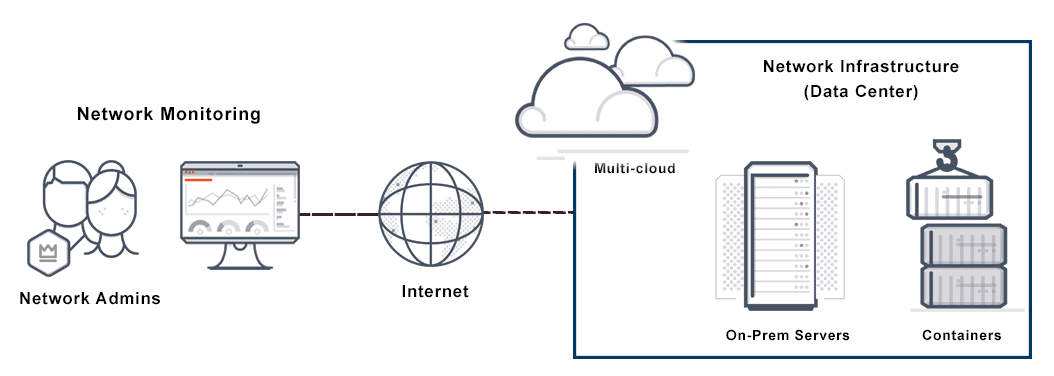
Data is the lifeblood of businesses and to make sense of this data in real time, you have to utilize advanced data pipelines that incorporate data streaming technology. With data streaming, you gain a competitive advantage by making faster and more informed decisions. You can react to changes in customer behavior, market trends, and business operations in real time.
However, implementing data streaming is not all roses. To do it successfully, you need to have specialized tools and technologies and a thorough understanding of the data you're collecting. You also need to ensure the security and privacy of the data collected and processed.
This is where our article can help you overcome these challenges. We’ll guide you through the intricacies of data streaming, explain its key components, and highlight its diverse applications across various industries. We'll also look into the latest advancements in data streaming technology, address the challenges you may face, and provide a useful workaround.
By the time you are done reading this 8-minute guide, you'll have a comprehensive understanding of data streaming and its capacity to revolutionize your organization's data management and analytics.
Beyond Traditional Data Processing: Say Hello To Data Streaming
Businesses are making and using more data than ever before and old ways of working with data like batch processing are struggling to keep up. On the other hand, data streaming is the alternative to batch processing that enables real-time data processing. It's a powerful technique that lets you collect, process, and analyze data as it's created, making decision-making faster and operations more responsive.
Data streaming is not just a buzzword – it is reshaping the way businesses handle and synchronize raw data in real time with their streaming data architecture. With data streaming, you can:
- Optimize supply chain management
- Detect and prevent fraud more effectively
- Enhance personalization and customer experience
- Monitor and react to customer behavior in real-time
- Monitor and optimize energy consumption in real-time
- Streamline inventory management and demand forecasting
- Enhance public safety and emergency response coordination
- Improve predictive maintenance for equipment and machinery
To understand how data streaming makes all this happen, let's start by breaking down the data streaming components and their role in data stream processing systems.
Data Streaming Components: Understanding 4 Key Elements Of Data Streaming Architecture
Let’s examine the key components that make up a typical data streaming architecture and understand their roles to design and implement efficient data streaming solutions.
Message Broker
First up, we have the message broker. This vital component takes data from various sources and standardizes it into a common message format. It then sends the data to other components for further processing. Message brokers act as a bridge between data producers and consumers, making sure the flow of data is smooth and efficient. Examples include Apache Kafka and Gazette.
Stream Processor
These stream processing tools take the output messages from the message broker and perform necessary transformations or manipulations. These transformations or manipulations may include filtering, aggregation, joining, and enrichment of data to make it more useful for downstream applications. Some popular processing tools include Apache Spark Streaming, Apache Flink, and Storm.
Data Storage
With the vast amount of streaming data generated, it needs to be stored in a way that enables fast and efficient access to the data for downstream applications. For this, we need robust and scalable storage solutions. Various types of data storage systems can be used in data streaming architectures, including in-memory databases, distributed file systems, and NoSQL databases.
Data lakes, such as Azure Data Lake Store and Google Cloud Storage, are often used to store this continuous data for their flexibility and capacity to handle large volumes of diverse data.
Analysis, Reporting, & Visualization Tools
We need to analyze the data being ingested to extract valuable insights. This involves using machine learning algorithms to detect patterns or anomalies in the data or running statistical analyses to identify trends or correlations.
Reporting tools present the results of the analysis in an easy-to-understand format. This involves generating reports or dashboards that summarize the key insights from the data.
With visualization tools, you can create graphical representations of the data, such as charts, graphs, or maps. These visualizations help better understand the data and the insights that have been generated from it.
Grafana, Tableau, and Power BI are the most commonly used tools to explore and analyze streaming data in real time.
Harnessing The Potential Of Data Streaming: Opportunities & Benefits
As you keep exploring data streaming more and more, you'll uncover many impressive benefits and opportunities it presents. This technology is changing the way businesses function and is paving the way for real-time decision-making and more efficient operations.
To give you a sense of data streaming's power, let's examine a few examples that show its incredible potential:
- Real-Time Anomaly Detection for Proactive Mitigation: Imagine detecting anomalies in real time and proactively addressing issues before they escalate. With data streaming, you can identify and fix security breaches or faulty sensors within minutes or even seconds.
- Enabling Real-Time Analytics for Competitive Advantage: Data streaming helps you make data-driven decisions in real time. By rapidly adapting to market trends, understanding your customers better, and making informed decisions, you'll stay one step ahead of the competition.
- Enhanced Customer Experiences: Data streaming allows you to create personalized experiences for your customers. Think about providing real-time recommendations, offers, or support based on their current interactions with your website or app. This can dramatically improve customer satisfaction and loyalty.
- Streamlined Operations and Resource Optimization: Real-time insights empower you to optimize your operations and resources more effectively. Data streaming helps identify inefficiencies, monitor equipment performance, and ensure that your processes are running smoothly, ultimately saving time and money.
You just learned about the benefits of data streaming but what would give you a more thorough grasp of the topic is mastering popular data streaming platform types. Time to explore further.
Popular Types Of Data Streaming Platforms For Improved Business Insights
The popularity of data streaming has brought a surge of innovation in technologies and platforms, making data streaming even more accessible and potent. When it comes to data streaming solutions, we have 2 primary categories to explore.
Let's take a look at them and discover how they contribute to the constantly expanding world of data streaming:
Open-Source Streaming Platforms
Open-source platforms revolutionized the data streaming world. Thanks to these platforms, adopting data streaming has become easier and more affordable for businesses of all sizes.
These open-source streaming platforms offer great flexibility. Since the source code is open and customizable, you can tailor the platform to meet your specific needs and integrate it with other tools and systems as needed. Community support ensures that the platform is up-to-date with the latest features and security patches.
Take Apache Kafka, for example. It's a popular distributed streaming platform that helps businesses build real-time data pipelines, including streaming ETL pipelines and applications.
Then there's Apache Flink, another open-source gem that offers low-latency and high-throughput data processing. Many managed and commercial solutions are also based on open-source technologies.
Managed Data Streaming Services
Managed services are cloud-based tools that process and analyze real-time data without needing complex infrastructure or dedicated technical resources. Benefits like scalability, cost-effectiveness, and ease of use make them a popular choice for businesses of all sizes and industries.
Amazon Kinesis, Google Cloud Pub/Sub, and Azure Event Hubs are some examples that offer managed solutions to help you create real-time data processing applications.
Choosing The Right Data Streaming Platform For Your Business
It's important to have a solid and efficient data streaming platform backing you up. There are quite a few options in the market like the ones we discussed above.
But to fully benefit from data streaming, our real-time ETL platform, Estuary Flow, is the best option. It is an all-in-one solution that brings together various elements of streaming architecture and is designed to be user-friendly and accessible to users of all levels of technical expertise.
Estuary Flow offers a modular architecture that allows users to easily build and customize data processing pipelines. It encompasses data ingestion, stream processing, and message brokering while offering cloud-based data-lake-style storage.
With Estuary Flow, you can effortlessly ingest data from a wide range of stream data sources, including databases, messaging systems, and SaaS applications, and deliver processed data to multiple destinations, such as data lakes, data warehouses, and real-time dashboards.
Estuary Flow has built-in support for data validation, enrichment, and transformation. This enables you to manipulate and process data in real-time to derive insights and value and supports various data formats, including CSV, JSON, and Avro.
If you're curious about how different platforms fare against each other, take a look at our articles: Airbyte vs Fivetran vs Estuary and Best Airbyte Alternatives.
An enhanced perception of types of data streaming platforms and how to choose one for our business has led ways for you to understand what lies ahead in our article. Stay with us to explore how various industries are leveraging data streaming to drive innovation and improvements.
Data Streaming In Action: Diverse Use Cases Across Various Industries
Industries everywhere are catching on to the potential of data streaming to drive innovation, streamline operations, and level up customer experiences. Let’s look at some sectors that are putting the power of data streaming to work and making some seriously positive changes:
Smart Cities: IoT-Driven Data Streaming For Urban Management
IoT devices generate massive volumes of data every second in smart cities. Data streaming enables city administrators to process and analyze this data in real-time, leading to better decision-making and urban management.
Some key applications include:
- Waste management: IoT sensors in waste bins help streamline waste collection and improve recycling rates.
- Air quality monitoring: Real-time analysis of air quality data can drive policies and actions to reduce pollution.
- Public safety: Data from security cameras and emergency response systems help enhance safety and security.
- Energy consumption monitoring: By streaming data from smart meters and analyzing the usage, cities can optimize energy usage and reduce losses.
Manufacturing: Predictive Maintenance & Process Optimization
Manufacturing facilities have a lot to gain from data streaming. By working with real-time sensor data from machines and equipment, manufacturers can catch potential issues early on, preventing them from becoming costly problems.
Key benefits of data streaming for the manufacturing industry include:
- Quality control: Monitor product quality continuously and identify defects early.
- Process optimization: Adjust production parameters in real-time to maximize efficiency.
- Predictive maintenance: Proactively identify and address equipment issues before they cause downtime.
- Resource management: Optimize the use of energy, raw materials, and labor in the production process.
Transportation: Real-Time Traffic Management & Dynamic Routing
The transportation industry is another sector that can benefit from data streaming. Their main utility is in real-time traffic management and dynamic routing.
Traffic cameras, sensors, and GPS devices send streams of data that get processed right away. This helps optimize traffic flow, cut down on congestion, and seriously improve public transportation.
Key applications of data streaming in the transportation industry include:
- Dynamic routing: Update vehicle routes in response to changing traffic patterns or incidents.
- Fleet management: Streamline the operations of commercial fleets, such as trucks and delivery vehicles.
- Traffic signal optimization: Adjust traffic signal timings dynamically based on current traffic conditions.
- Public transportation: Monitor and manage the performance of buses, trains, and other public transit systems in real time.
Telecommunications: Network Monitoring & Performance Analysis
Data streaming plays a critical role in the telecom industry too. Network providers can stream data to keep a check on network performance as it happens. This way, they can spot and fix issues before customers even notice.
By working with data from network devices and infrastructure non-stop, telecom companies ensure everything runs smoothly and users have a top-notch experience.
Key benefits that data streaming can bring to the telecom sector include:
- Fraud detection: Analyze call and data usage patterns to detect and prevent fraudulent activity.
- Performance analysis: Identify network bottlenecks and optimize capacity to meet demand.
- Service personalization: Tailor telecom services to individual customers based on real-time usage data.
- Network monitoring: Detects and resolves network issues proactively, reducing downtime and improving customer satisfaction.
Data streaming offers immense utility across various industries and enables organizations to harness real-time insights and drive innovation. Looking at these applications, the prospects seem endless.
As we have come to a close, we cannot miss the last but most important aspect of this article; learning effective approaches to implementing data streaming solutions. Read further to know the performance strategies that are a sure shot hit.
Overcoming Data Streaming Challenges: Strategies For Successful Implementation
Data streaming has grown by leaps and bounds but it doesn't come without its fair share of hurdles. Along with all the fantastic benefits, there are some challenges you'll need to overcome to truly harness its potential.
Let's discuss some strategies that'll prepare you for success when implementing data streaming solutions:
Ensuring Data Reliability & Integrity In Streaming Architectures
Keeping your data safe and sound is super important in streaming architectures. To make sure you don't lose any data or end up with corrupted information, try using these techniques:
- Replication: Duplicate your data streams across multiple nodes to ensure availability and fault tolerance.
- Checkpointing: Regularly save the state of your data processing system to enable recovery in case of failures.
- End-to-end acknowledgments: Track the progress of data as it moves through the streaming pipeline, confirming successful processing and delivery.
Also, establish robust error-handling and recovery mechanisms to ensure that your data stays accurate and consistent throughout the streaming process.
Balancing Latency, Throughput, & Scalability For Optimal Performance
Juggling latency, throughput, and scalability can be tough in data streaming. To hit that sweet spot in performance, keep these things in mind:
- Monitor your streaming system: Continuously track performance metrics and identify bottlenecks or inefficiencies.
- Allocate resources wisely: Distribute resources among your streaming tasks based on their requirements and priorities.
- Tune configurations: Adjust settings, such as buffer sizes, batch intervals, and parallelism, to optimize performance.
Remember that striking the right balance often involves trade-offs so continuously monitor and adjust your system as needed.
Maintaining Data Security & Privacy In Real-Time Systems
Securing your data is super important especially when handling sensitive info. Give these tactics a try to keep your data safe and sound:
- Encryption: Use robust encryption protocols to safeguard data, both at rest and in transit.
- Access control: Limit access to approved users only and stick to the principle of least privilege.
- Authentication: Employ secure authentication techniques, like multi-factor authentication, to confirm users' identities.
Make it a habit to frequently evaluate and update your security measures. Stay on top of new threats and maintain compliance with relevant regulations.
Conclusion
Data streaming is changing the way businesses process and analyze data. It helps them stay up-to-date and make informed decisions. We hope that by completing this article, you have a better understanding of what data streaming is, its key components, use cases, and best practices.
If you and your organization are ready to board the data streaming train, give Estuary Flow a try.
Flow is an easy-to-use platform that allows you to build, manage, and scale data streaming applications. It provides a unified interface for handling real-time and historical data, ensuring maximum benefits from your efforts. Estuary is also perfect for modernizing your data infrastructure as it seamlessly integrates with popular open-source and cloud-based platforms.
Try Estuary Flow and explore its features to enhance your data strategy. Sign up for free and experience the power of real-time data streaming for your business.

Author
Popular Articles





